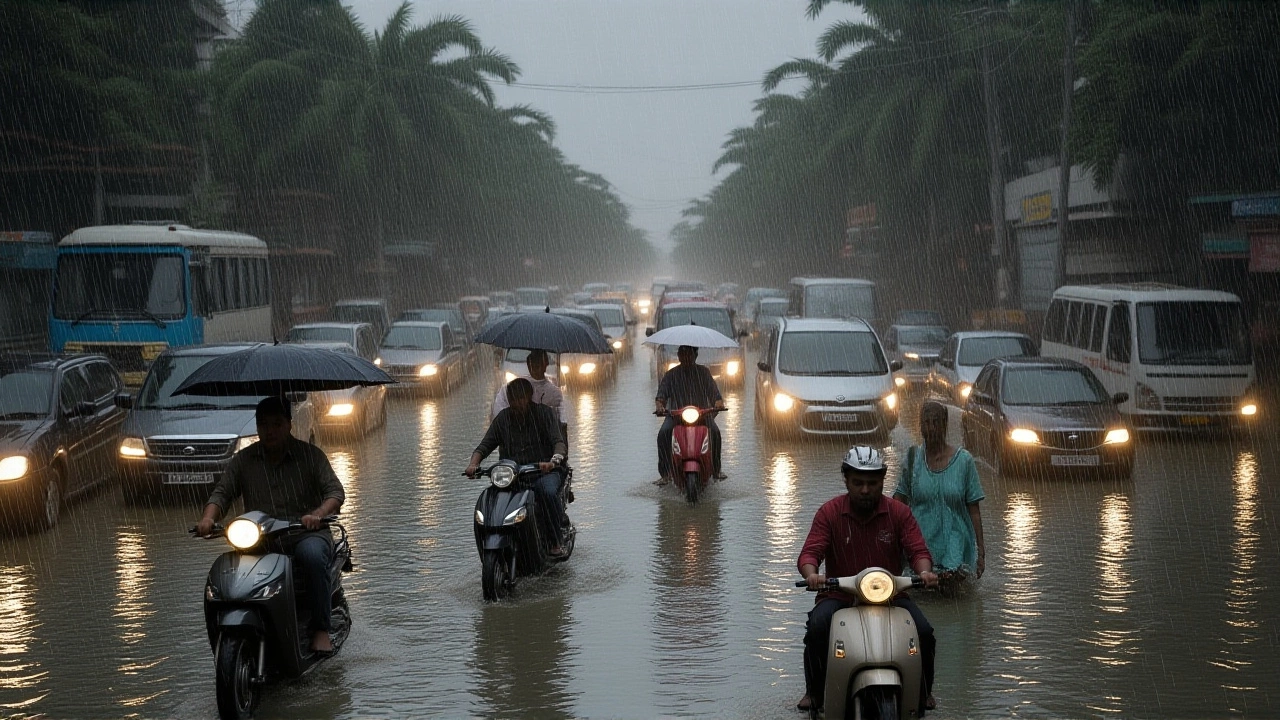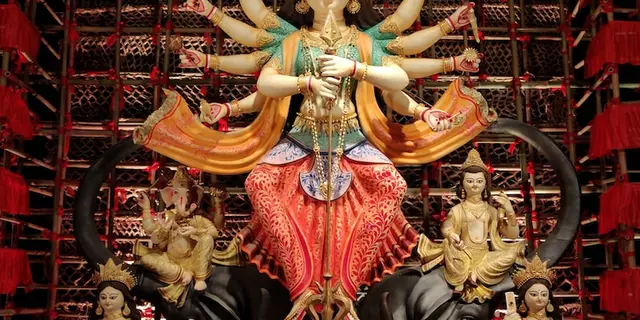Mumbai Metro Rail Corporation – Latest News, Projects & Insights
When talking about Mumbai Metro Rail Corporation, the government‑backed agency that builds and runs metro lines in Mumbai. Also known as MMRCL, it plays a pivotal role in shaping the city's transit future. The corporation manages Metro rail projects, the network of underground and elevated lines that connect key neighborhoods, supports Urban transportation, the broader system of buses, trains, and roads that move people around the metropolis, and drives Infrastructure development, large‑scale construction that improves city services and stimulates the economy. Mumbai Metro Rail Corporation oversees metro rail projects across the city, while urban transportation requires efficient infrastructure development, and infrastructure development fuels economic growth.
Why should you care? The metro network directly cuts commute times, reduces traffic congestion, and lowers pollution levels. For a city where rush‑hour can stretch for hours, a reliable metro line means more time with family, less stress, and a smoother day at work. Moreover, each new station becomes a hotspot for commercial activity, raising property values and creating jobs. The corporation’s latest expansion plans include Phase III extensions that will link the suburbs to the central business district, a move that many local businesses are already counting on to attract customers.
Key Benefits and Ongoing Initiatives
One major benefit is the integration of ticketing systems. Smart cards and mobile apps now let riders hop on and off any line without buying separate tickets, a feature that mirrors successful models in Singapore and London. This integration aligns with the corporation’s goal to provide seamless urban transportation across multiple modes. Another initiative is the push for green stations—solar panels on rooftops, rainwater harvesting, and LED lighting—showcasing how infrastructure development can be environmentally responsible.
Technology also plays a big role. Real‑time tracking displays, predictive maintenance using IoT sensors, and AI‑driven crowd management help keep trains on schedule and stations safe. These tools illustrate the link: advanced technology enables efficient urban transportation, which in turn supports broader infrastructure development goals. The corporation collaborates with global consultants to adopt best practices, ensuring that Mumbai’s metro keeps pace with world‑class standards.
Funding for these massive projects comes from a mix of public‑private partnerships, municipal bonds, and central government grants. Understanding the financing model is crucial for investors and policymakers because it determines project timelines and fare structures. The corporation’s transparent procurement process has attracted several reputable contractors, fostering competition and improving quality. This transparency also reassures commuters that their fare money is being used wisely to expand and maintain the network.
Community outreach is another pillar of the corporation’s strategy. Public hearings, digital feedback portals, and neighborhood workshops let residents voice concerns about construction noise, route alignment, and station design. By involving citizens early, the corporation reduces opposition and builds trust, which is essential for smooth infrastructure development. Many upcoming stations now feature art installations and cultural spaces, turning transit hubs into community landmarks.
Safety remains non‑negotiable. Emergency evacuation drills, platform screen doors, and rigorous staff training ensure that the metro can handle peak crowds while keeping accidents low. These safety measures are tightly linked to urban transportation reliability—if people feel safe, they’re more likely to choose the metro over personal vehicles, easing road congestion.
Looking ahead, the corporation is exploring driver‑less train technology for some lines, a step that could further improve punctuality and reduce operating costs. This forward‑thinking approach demonstrates how metro rail projects can act as testing grounds for broader urban transportation innovations. The ripple effect of such advancements often reaches other public transit modes, creating a more cohesive citywide network.
In addition to the core metro news, this tag also curates a diverse set of articles that touch on related topics—sports predictions, tech product launches, cultural festivals, and more. While these pieces may seem unrelated at first glance, they share a common thread: they all reflect the dynamic environment of a growing metropolis like Mumbai. Whether you’re reading about a new YouTube Premium Lite plan or the latest Navratri celebrations, each story adds context to the city’s evolving lifestyle, which the metro ultimately supports by providing reliable mobility.
Below, you’ll find a hand‑picked collection of articles covering everything from the latest infrastructure updates to the cultural events that shape daily life in Mumbai. Dive in to see how Mumbai Metro Rail Corporation’s efforts intersect with the broader tapestry of the city’s growth and vibrancy.

- Oct 21, 2025
- Posted by Aarav Bhatnagar
Mumbai Metro’s New Acharya Atre Chowk Station Floods Amid Early Monsoon
Mumbai's newly opened Acharya Atre Chowk metro station flooded on May 26, 2025, after an early monsoon caused an RCC wall collapse, forcing MMRC to suspend services and sparking safety concerns.
Categories
Latest Posts
©2025 kvrinfosys.in. All rights reserved




